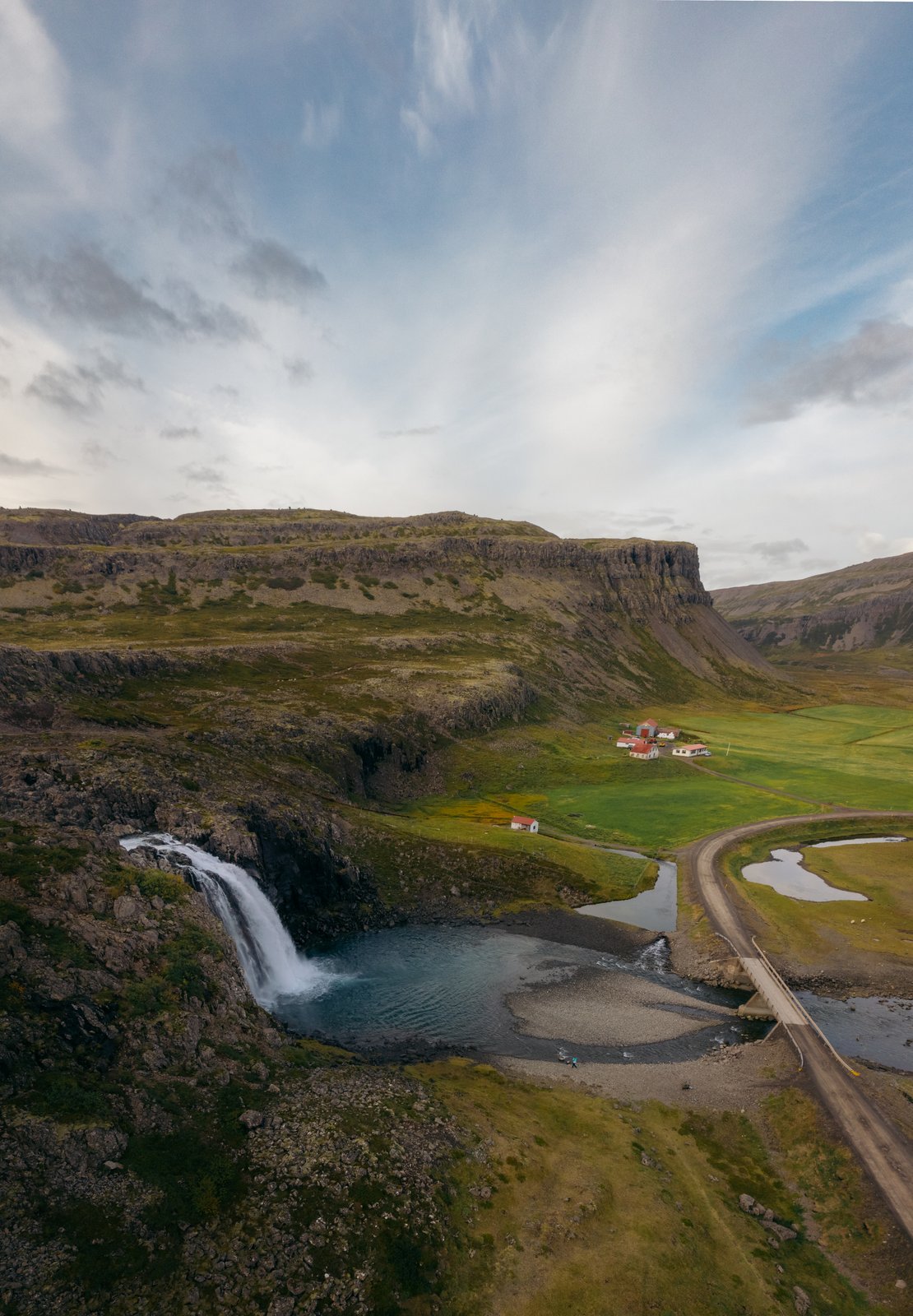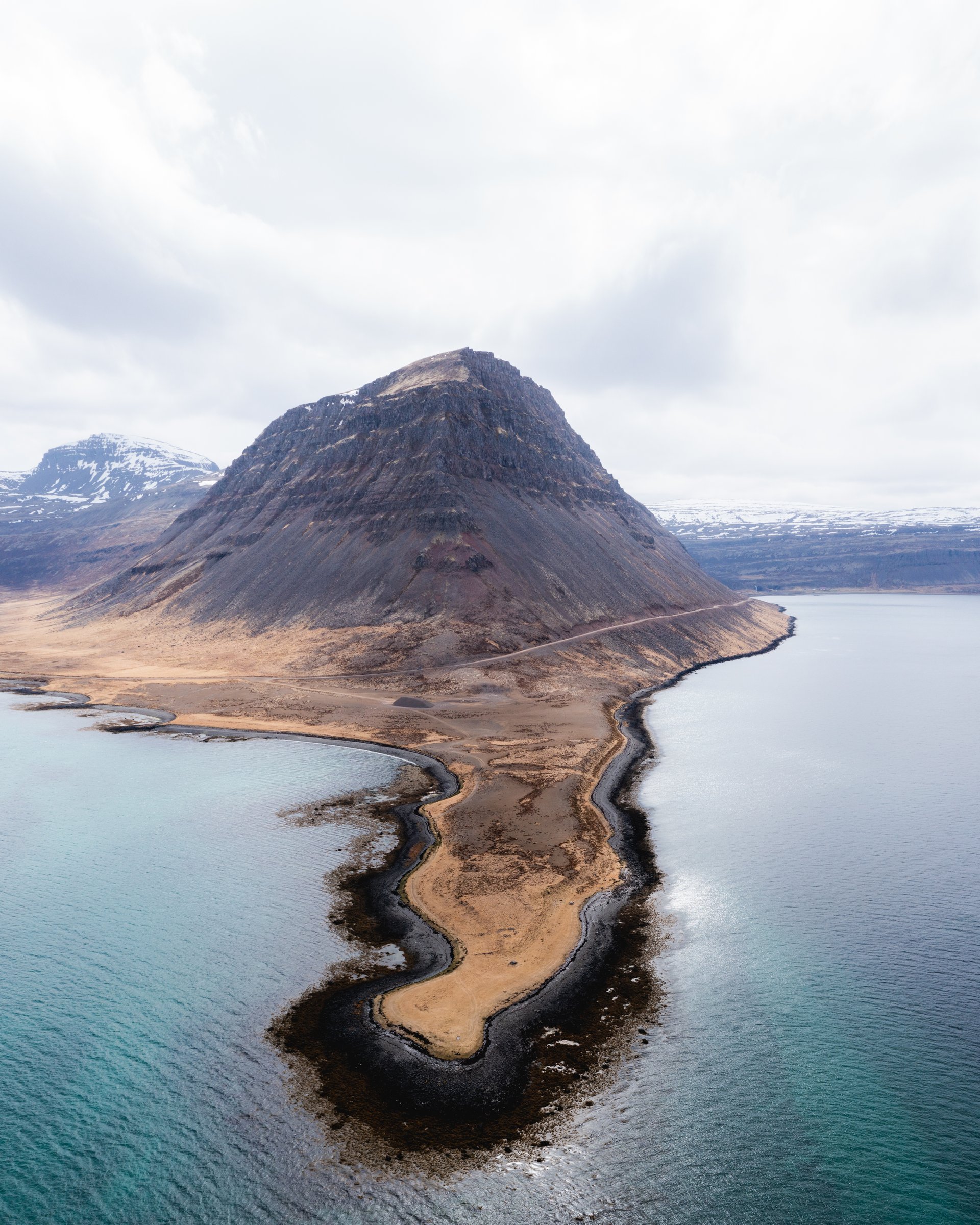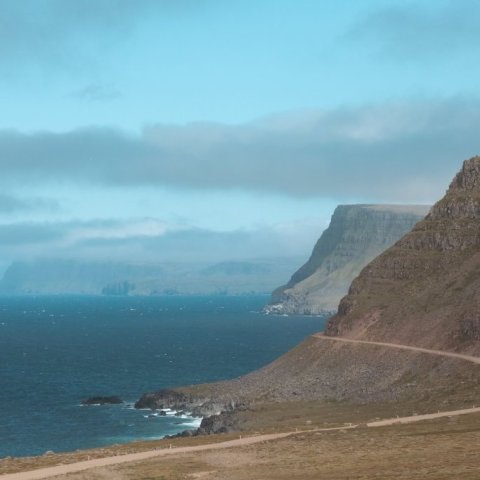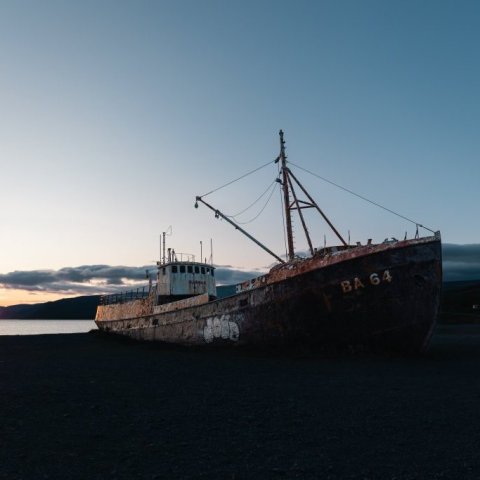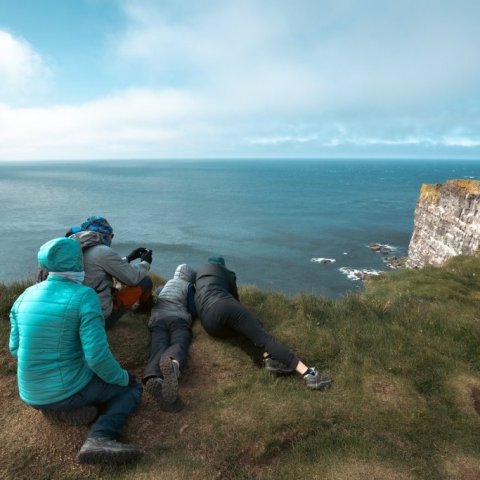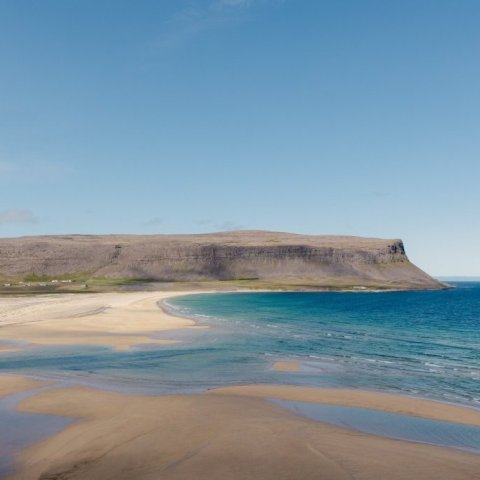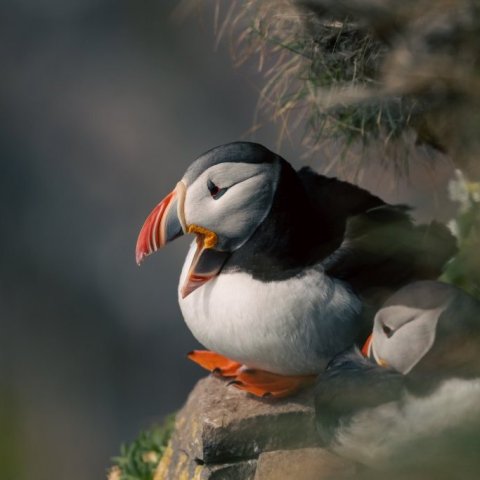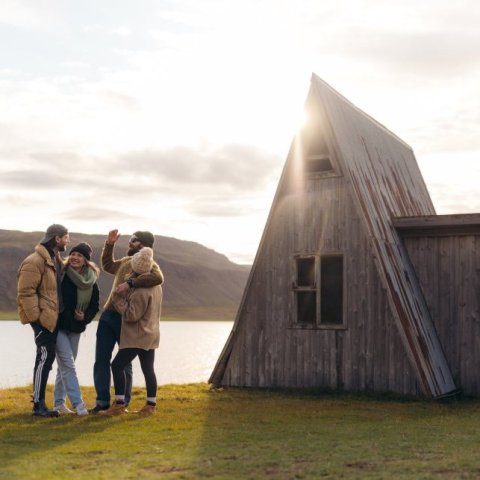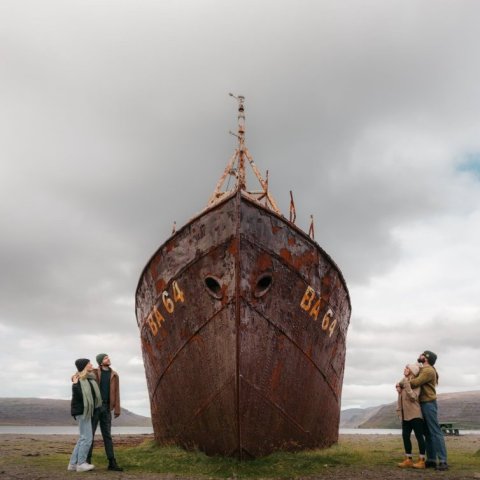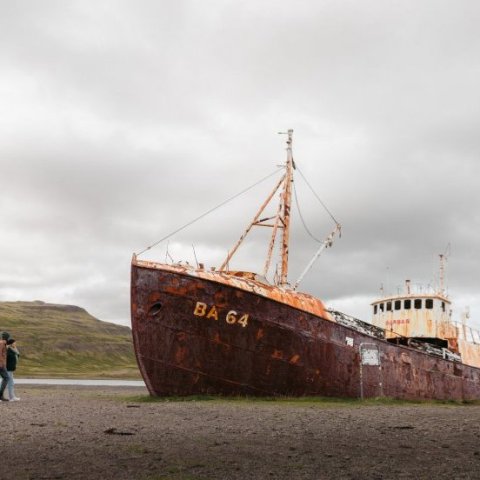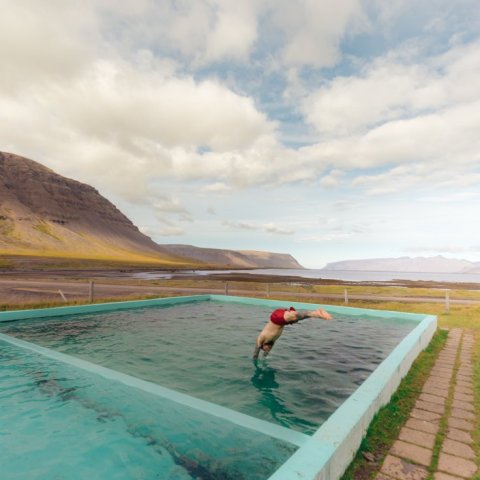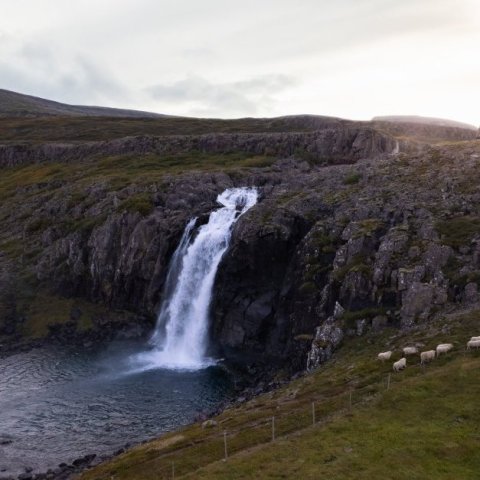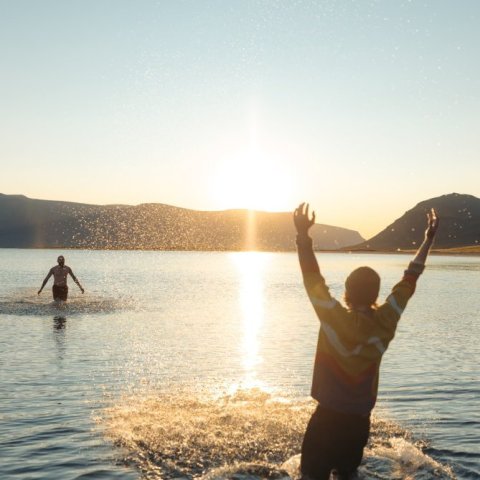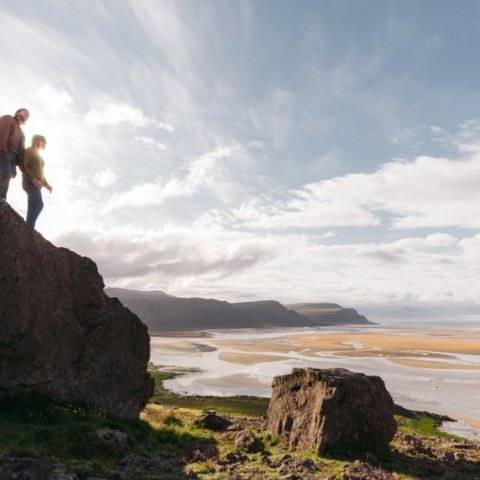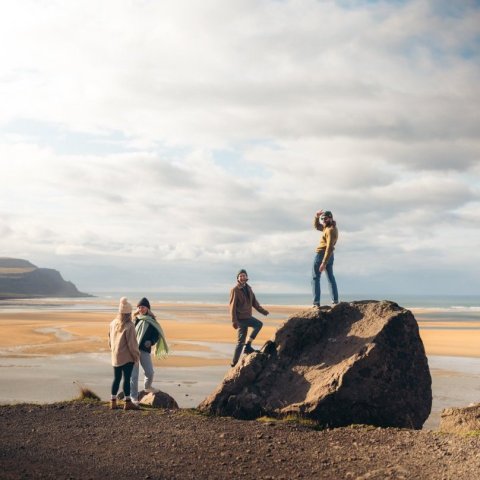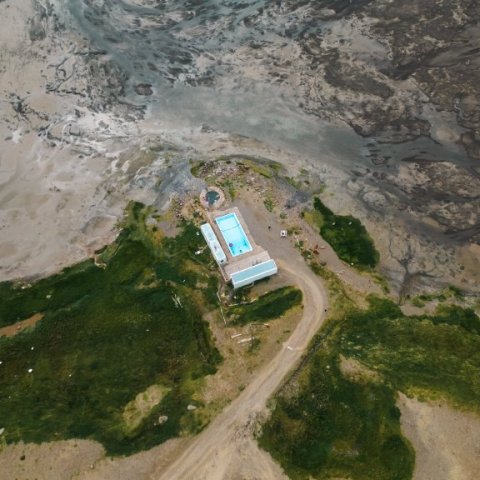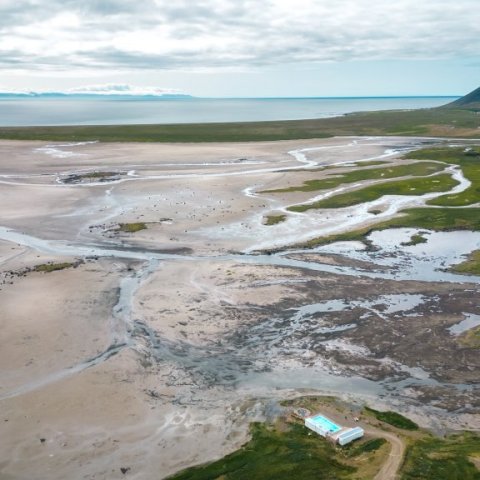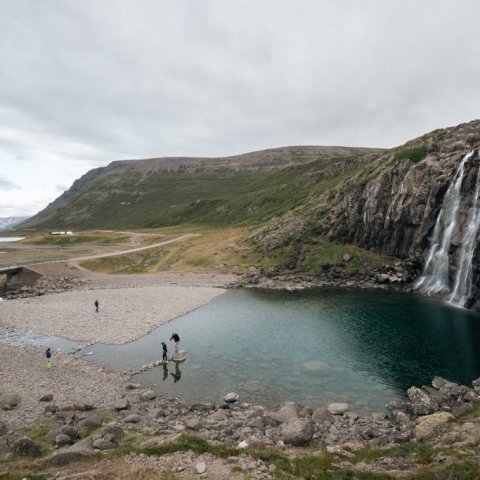Exploring the Southern Westfjords
Reykhólar is an ideal destination for birdwatching enthusiasts. The shallow seas and inland marshes create a perfect habitat for a wide variety of bird species. Visitors can also explore the local exhibition dedicated to the natural resources of Breiðafjörður, where seals, birds, and fish helped sustain the people of the region throughout history.
There is a unique exhibition at Reykhólar, a museum dedicated to the gifts of nature, and their utilization, in the Breiðafjörður area. From a historical perspective, it shows how birds, seals and fish provided the farmers and fishermen with food and clothes, helping them to get through famines and hardship in the past.
The village is also famous for its kelp factory, the only factory in Iceland that processes seaweed. The products are used in food, animal fodder, fuel, fertilizers and for medicinal purposes, to name just a few. The swimming pool in Reykhólar is named Grettislaug named after Grettir the Strong. Alongside the pool there is a campsite that open during summer.
For those who enjoy hiking and panoramic vistas, a visit to Vaðalfjöll is highly recommended. These two rocky outcrops rising about 100 meters above Þorskafjarðarheiði pass near Þorskafjörður fjord, offering stunning views of the Westfjords, Breiðafjörður, and the Dalir area. The rocks are an unmistakeable sight and worth looking out for as you explore Reykhólahreppur municipality. The hike is suited for experienced climbers due to the steep 45-degree slope.
Whether you’re a birdwatcher, a hiker, or simply someone looking to immerse yourself in nature and history, Reykhólar and its surrounding areas offer a unique and enriching experience.
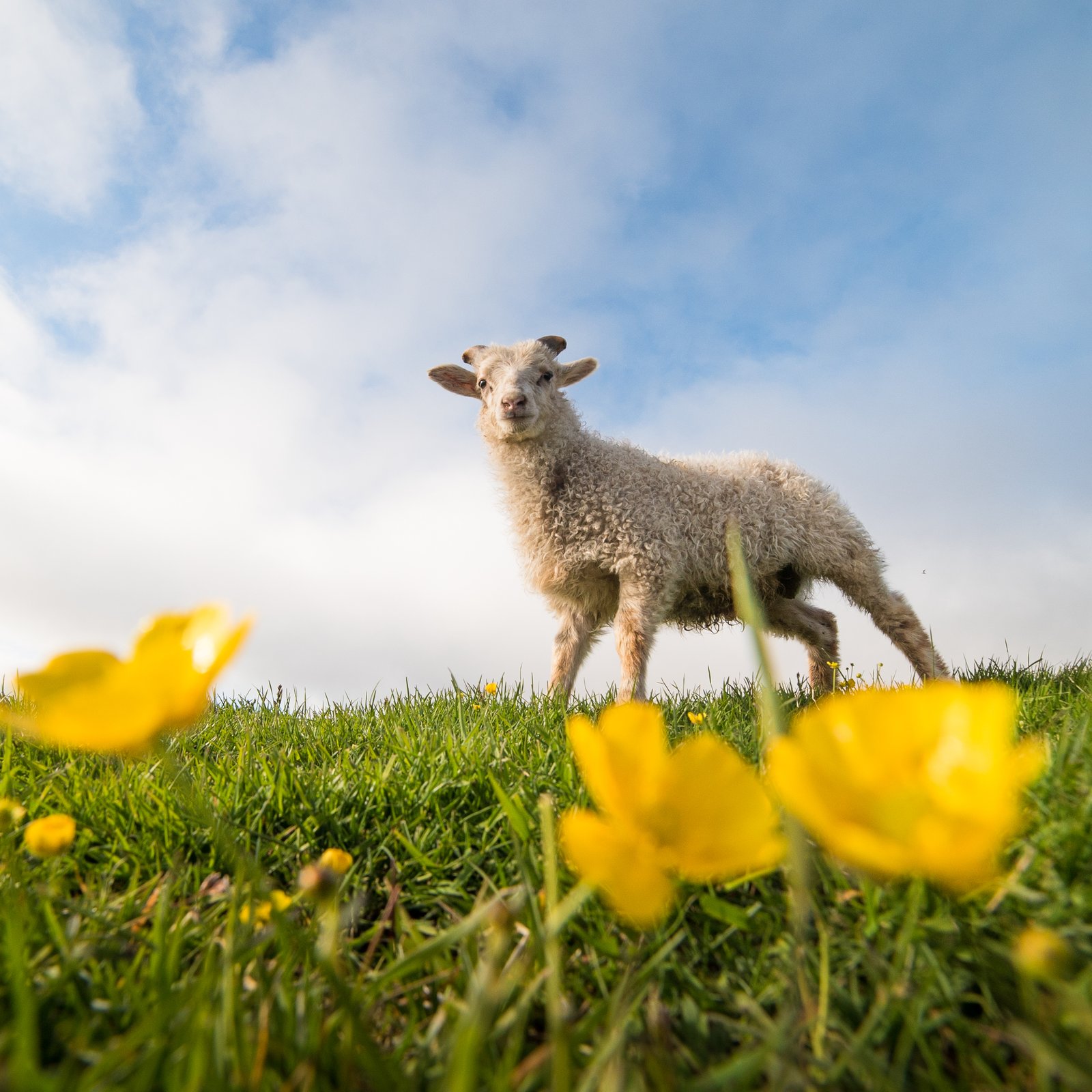
Breiðafjörður and Flatey
Breiðafjörður is the second biggest fjord in Iceland as it stretches 70 km where it is widest. Where the fjord gets more shallow there are almost uncountable number of islands but if we would have to guess a number, they would be around 2800. Many of those islands were inhabited few decades ago but now almost all are uninhabited. Flatey is the one exception. Flatey is the biggest of the islands in Breiðafjörður. It also is the only island in Breiðafjörður where inhabitants live the whole year round. The inhabitants count as many as 6 persons but during summertime the population multiplies.
Many of the other islands in Breiðafjörður used to be inhabited not so long ago like Hvallátur, Svefneyjar and Akureyjar. All the islands have one thing in common. They are all made by the force of glaciers in the ice age. The islands are mostly flat and the geological layers are similar to the ones on the Westfjords. In most of the islands there are many plants and the birdlife is diverse with puffin, eider and black guillemot being the kings of the fjord along with the White-tailed-Eagle. The history tells us that the people that lived in Breiðafjörður never had to deal with shortage of food because of the plentyful gifts of nature such as birds, fish and shells. When there were bad conditions and food shortage was common in Iceland, people fled to Breiðafjörður bay where there was plenty of food for everyone.
To get to Flatey you'll have to take the Baldur ferry from either Brjáanslækur og Stykkishólmur.
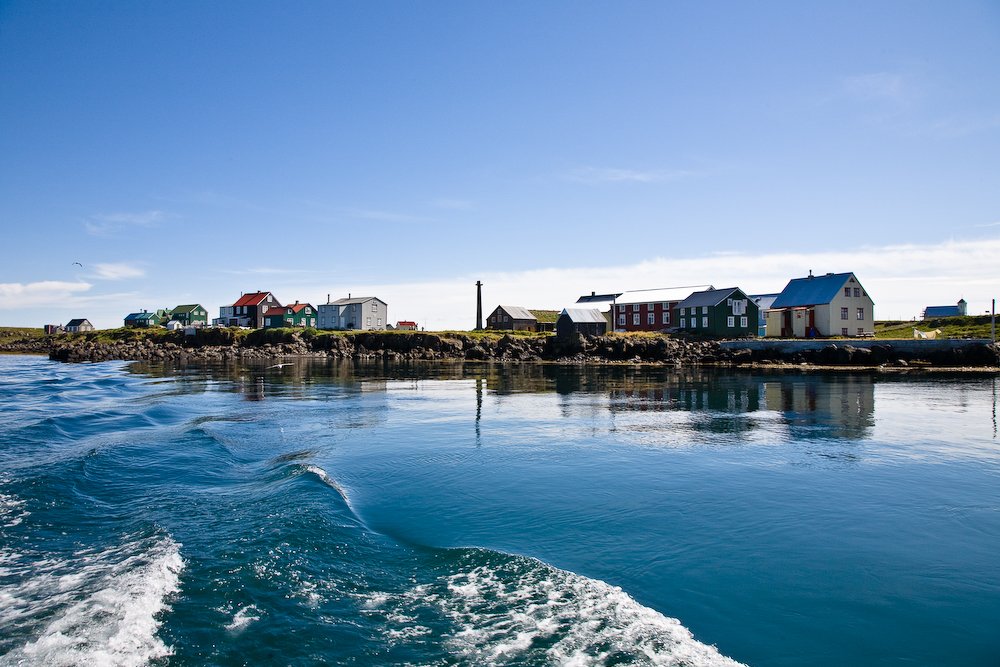
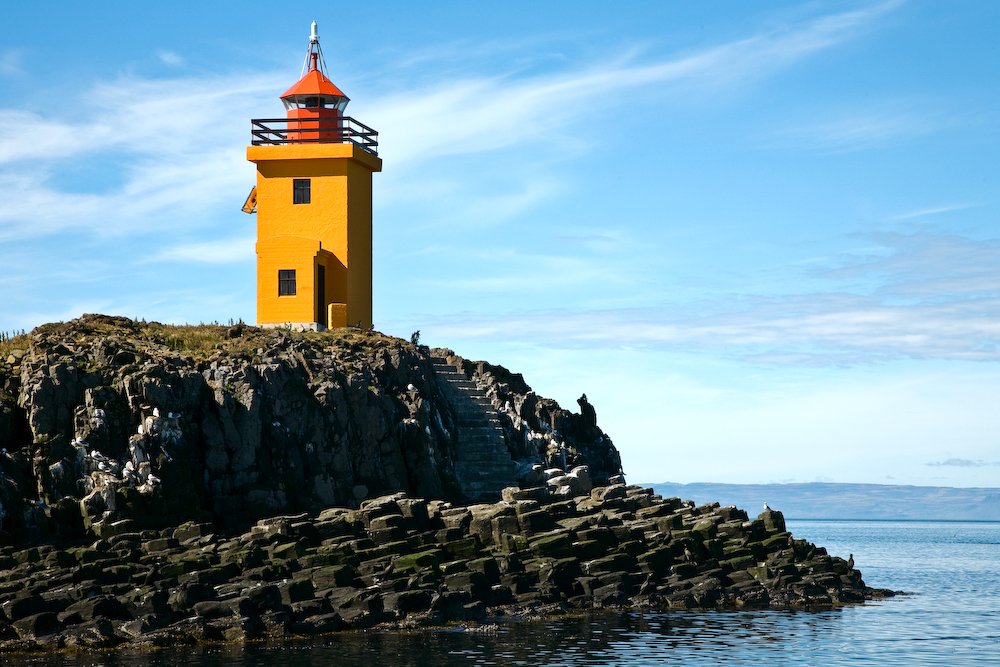
Vatnsfjörður Nature Reserve
The expansive Vatnsfjörður Nature Reserve covers rocky highlands and birchwood lowlands, offering some of the Westfjords’ best hiking. Nature lovers will enjoy spotting foxes, seals, and a variety of bird species, while the area's woodlands and rivers add to the charm. In late summer, Arctic blueberries can also be found in the reserve.
One of the reserve's highlights is the Þingmannaá river, which flows from the Þingmannadalur valley down to Vatnsfjörður fjord. The river’s canyons feature picturesque waterfalls, including one where adventurers can walk behind the cascading water for a unique perspective.
For those seeking relaxation, the geothermal Hellulaug pool offers a peaceful soak with breathtaking views over the fjord. Equally tranquil is the small swimming pool in Laugarnes by Birkimelur, where you can float in the concrete pool or unwind in a smaller, shore-side pool, all while taking in stunning views of Breiðafjörður.
The area's history is as rich as its natural beauty. Vatnsfjörður is closely tied to Hrafna-Flóki, thought to be the first person to name Iceland, and the location plays a role in the Icelandic saga Gísla saga Súrssonar. The historical importance adds another layer of depth for those looking to explore not only the landscape but the cultural heritage of Iceland.
The geology of the area includes ancient basalt bedrock and mountains carved by glaciers during the Ice Age. Surtarbrandsgil (Lignite Canyon), protected since 1975, is a unique site known for plant fossils preserved in layers of mud and lignite, dating back to the Tertiary period. To learn more, visit the free exhibition at the old priest’s lodgings in Brjánslækur, open daily from June 13 to August 15.Guided hikes led by a ranger are available from June 13 to August 15 on Tuesdays, Wednesdays, Thursdays, and Saturdays at 1:00 PM. Hiking without a ranger is prohibited. For more information, or to book a tour, you can contact the Environment Agency of Iceland at 822-4080 or 831-9675.
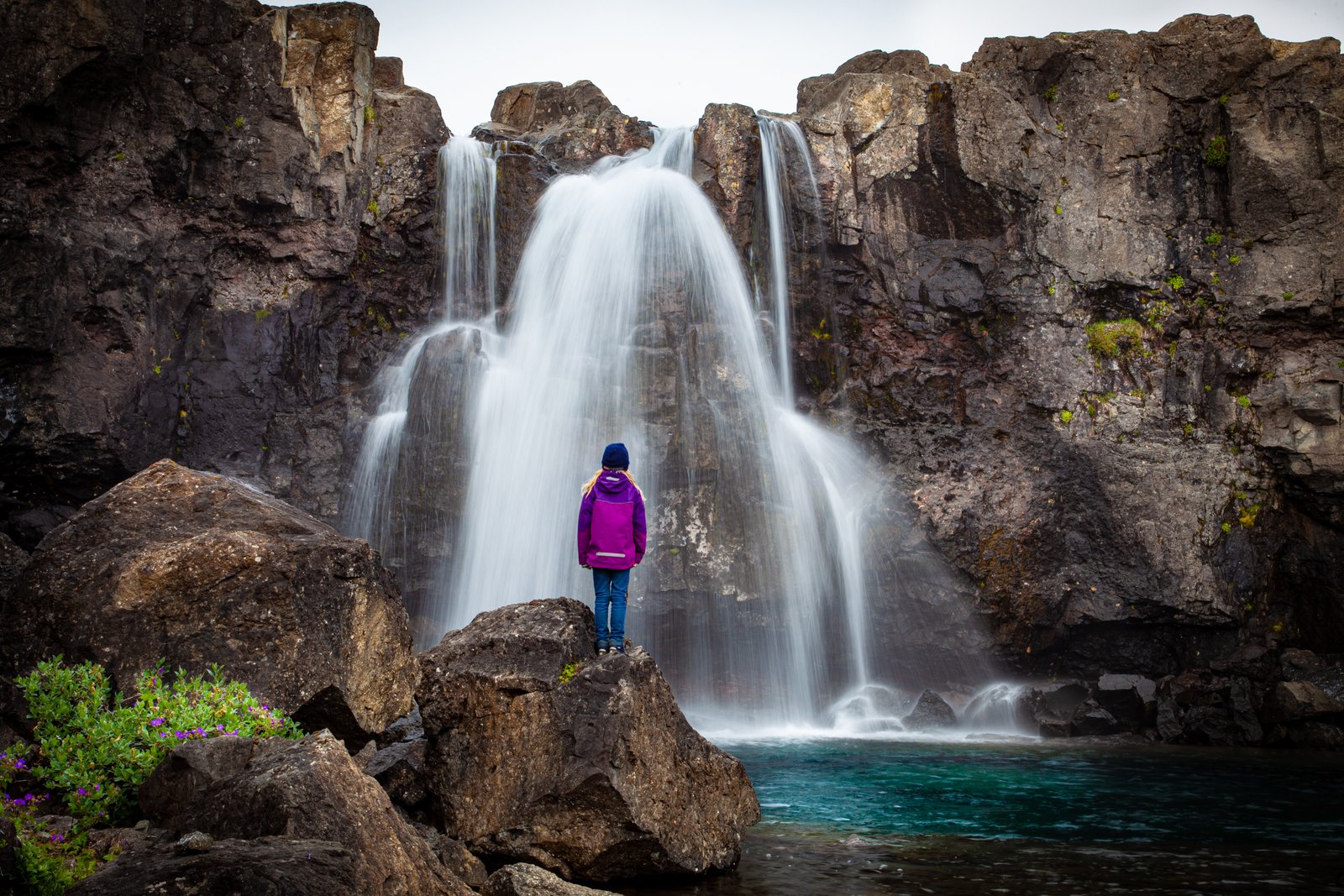
Rauðasandur and Látrabjarg Cliffs: Nature at its Most Striking
The Rauðasandur (Red Sand) beach, with its vibrant red sands, is an unforgettable sight. Stretching for 10 km, the colors of the sand shift dramatically with the light, offering a serene escape. It's a haven for seabirds and seals. You might want to step out of the car, get the camera out and start walking on the seemingly endless beach. If you prefer not to walk, you can relax with a cup of coffee at the French café and admire the stunning view, with the majestic Snæfellsjökull glacier on the Sæfellsnes peninsula captivating your gaze in the distance.
Nearby, the towering Látrabjarg Cliffs, one of Europes biggest bird cliffs, provide one of the best birdwatching spots you can find. The cliffs rise up to 441 meters and are home to thousands of seabirds, including puffins that nest in the grassy upper sections. Walking along these cliffs, you'll be treated to spectacular views and the chance to see birds up close in their natural habitat, making it a must-see destination for any traveler.
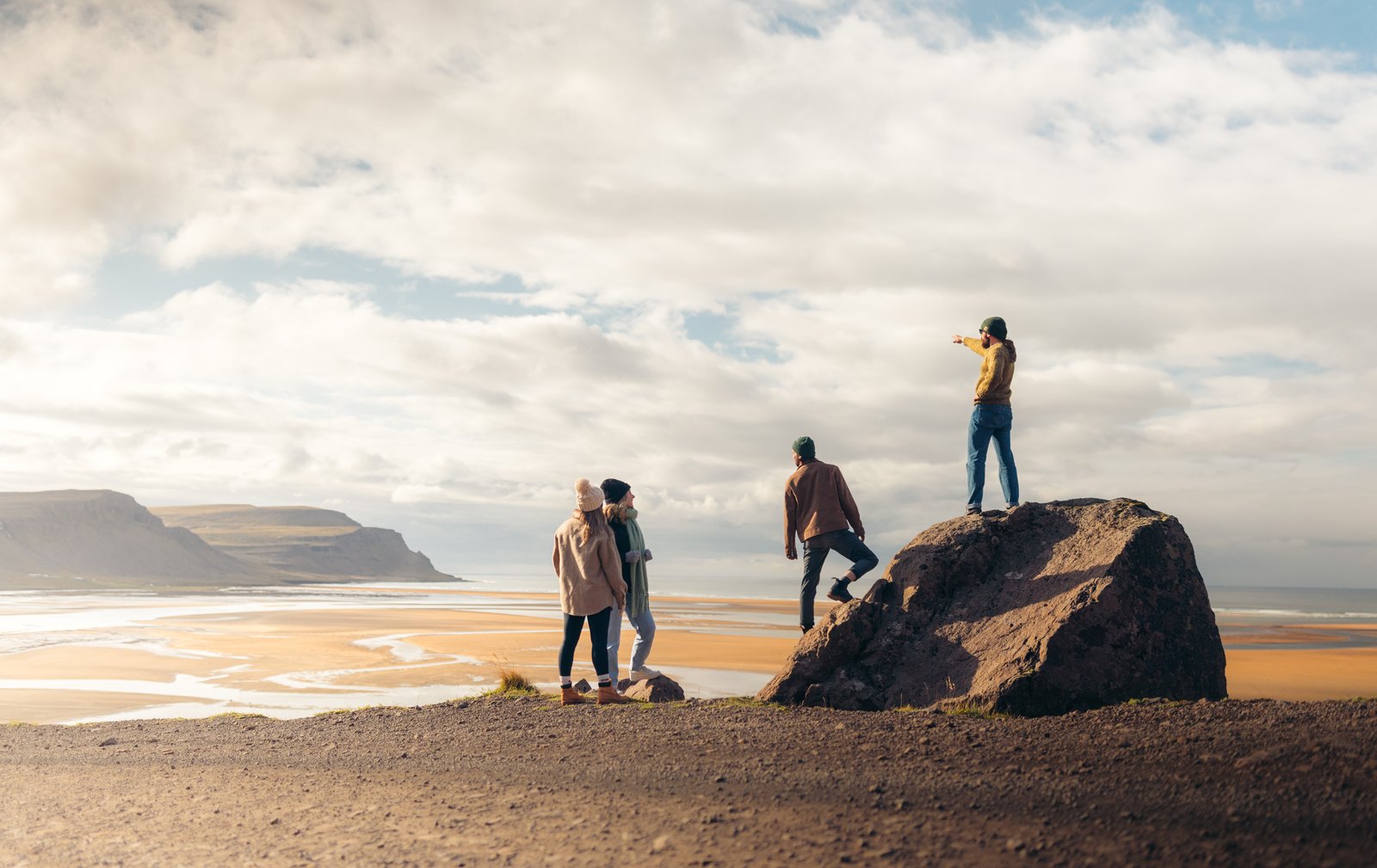
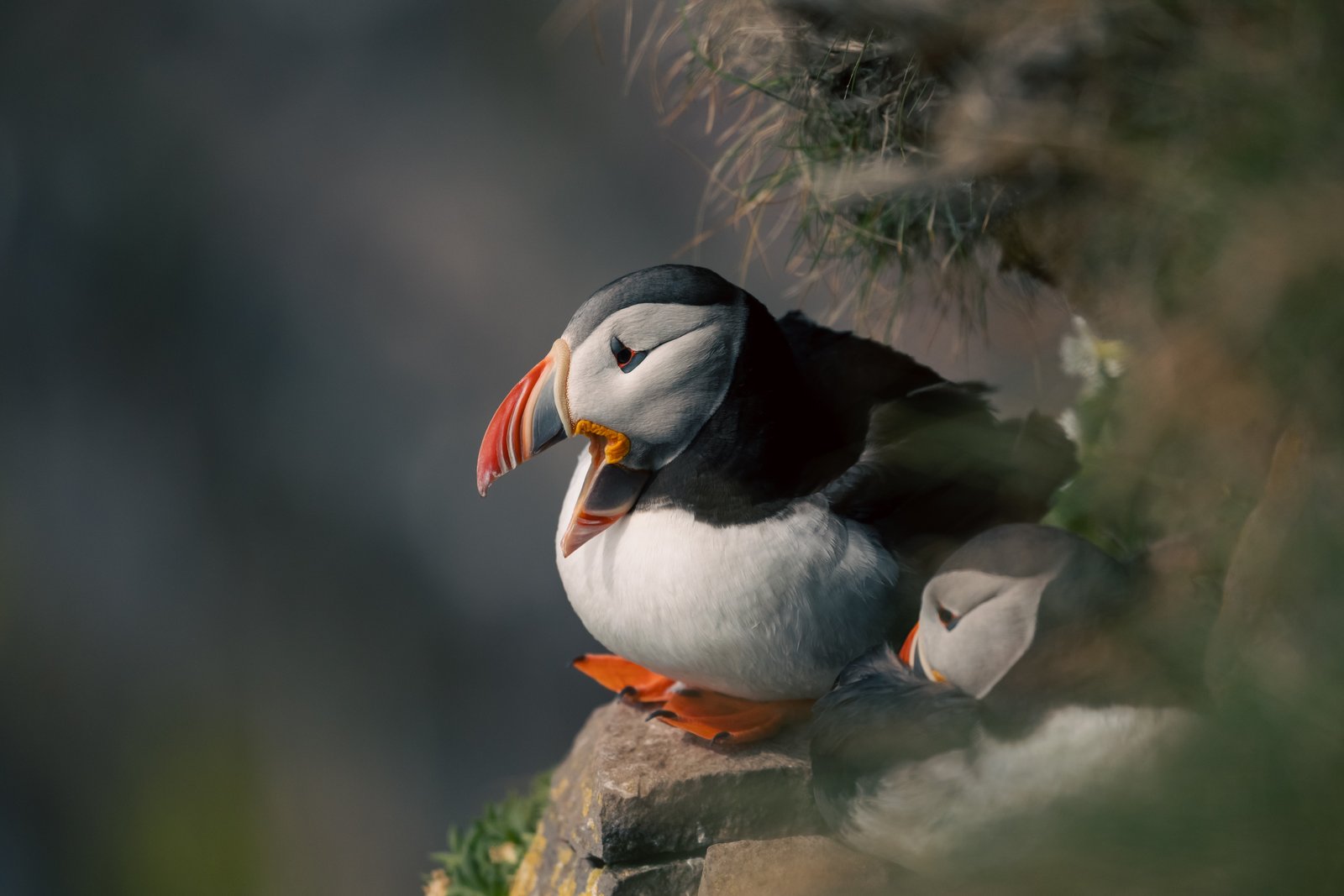
Patreksfjörður is the largest town in the southern Westfjords and a great base for exploring the area. In Patreksfjörður you can enjoy hotels or guesthouses, restaurants and various tours. You can reach Patreksfjörður by flight six days per week via Bíldudalur (fly-bus takes you to Patreksfjörður), or by a bus from Reykjavík to Stykkisholmur, then the ferry Baldur to Brjánslækur. It’s the perfect starting point to visit Látrabjarg, Rauðasandur, and the spectacular Dynjandi waterfall, all within easy reach.
Take a dip in Patreksfjörður’s outdoor swimming pool, which offers stunning views of the surrounding fjords and mountains, or discover hidden natural hot pots nearby.
History buffs will appreciate a stop at Garðar BA, Iceland's oldest steel ship, now resting on the beach near Patreksfjörður. This relic of the past provides a fascinating look at Iceland’s maritime heritage and makes for a unique photography spot with its industrial, weathered exterior set against the stunning coastal backdrop.
For a deeper dive into the region's past, visit the Hnjótur Museum in Örlygshöfn, just a short drive from Patreksfjörður. The museum houses an eclectic collection of artifacts related to fishing, farming, and daily life in the Southern Westfjords. One of its most notable exhibits recounts the daring rescue of the British trawler Dhoon, which ran aground on the Látrabjarg cliffs in 1947. After exploring the museum’s exhibits, visitors can relax in the cozy on-site café, pick up a souvenir, or gather travel information from the center.
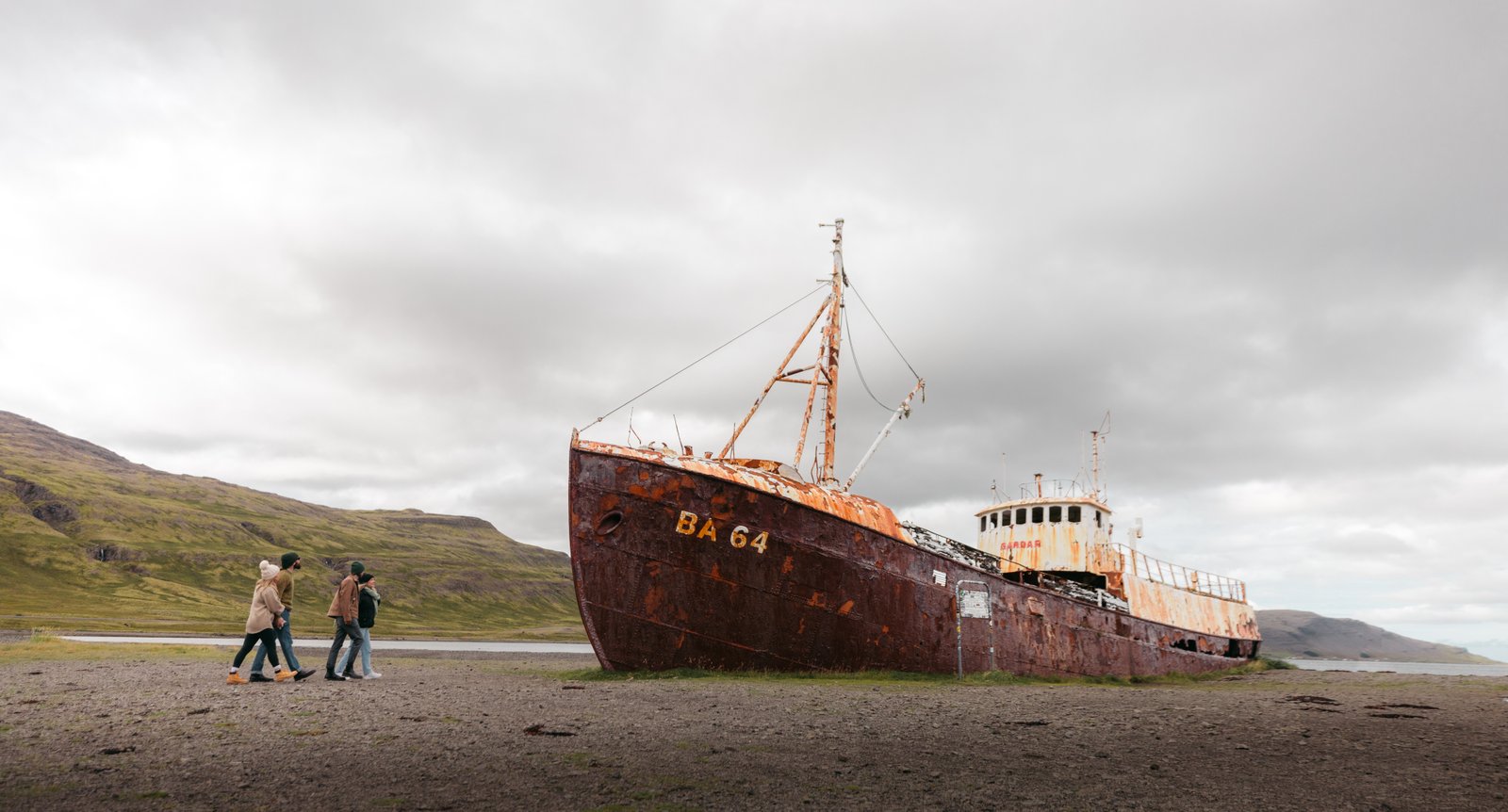
Tálknafjörður is a charming village located in the southern part of the Westfjords, with a welcoming population of around 300 people. Traditionally, fishing has been the main source of livelihood here, and it remains important today. However, the town has also embraced tourism, with sea angling being one of the biggest draws for visitors.
In the northern part of the fjord, geothermal springs provide natural hot water, which is used for fish farming and heating the village’s fantastic swimming pool. The 25-meter outdoor pool offers a variety of facilities, including two hot tubs, a sauna, cold tub, baby pool, and a waterslide, making it a great spot for relaxation. Right next to the pool is the town's campsite, open from June 1st to September 1st, offering amenities like a 24-hour kitchen, BBQ area, showers, and laundry facilities.
For those seeking a more natural experience, Tálknafjörður also boasts geothermal hot pools just outside the village, perfect for unwinding while soaking in the surrounding mountain views. The area is also ideal for hiking, with several trails on both sides of the fjord, many of which were once old riding paths used to cross the rugged mountains and heaths.
Whether you're here for the fishing, hiking, or simply to relax in the hot springs, Tálknafjörður offers a peaceful escape into the beauty of the Westfjords.
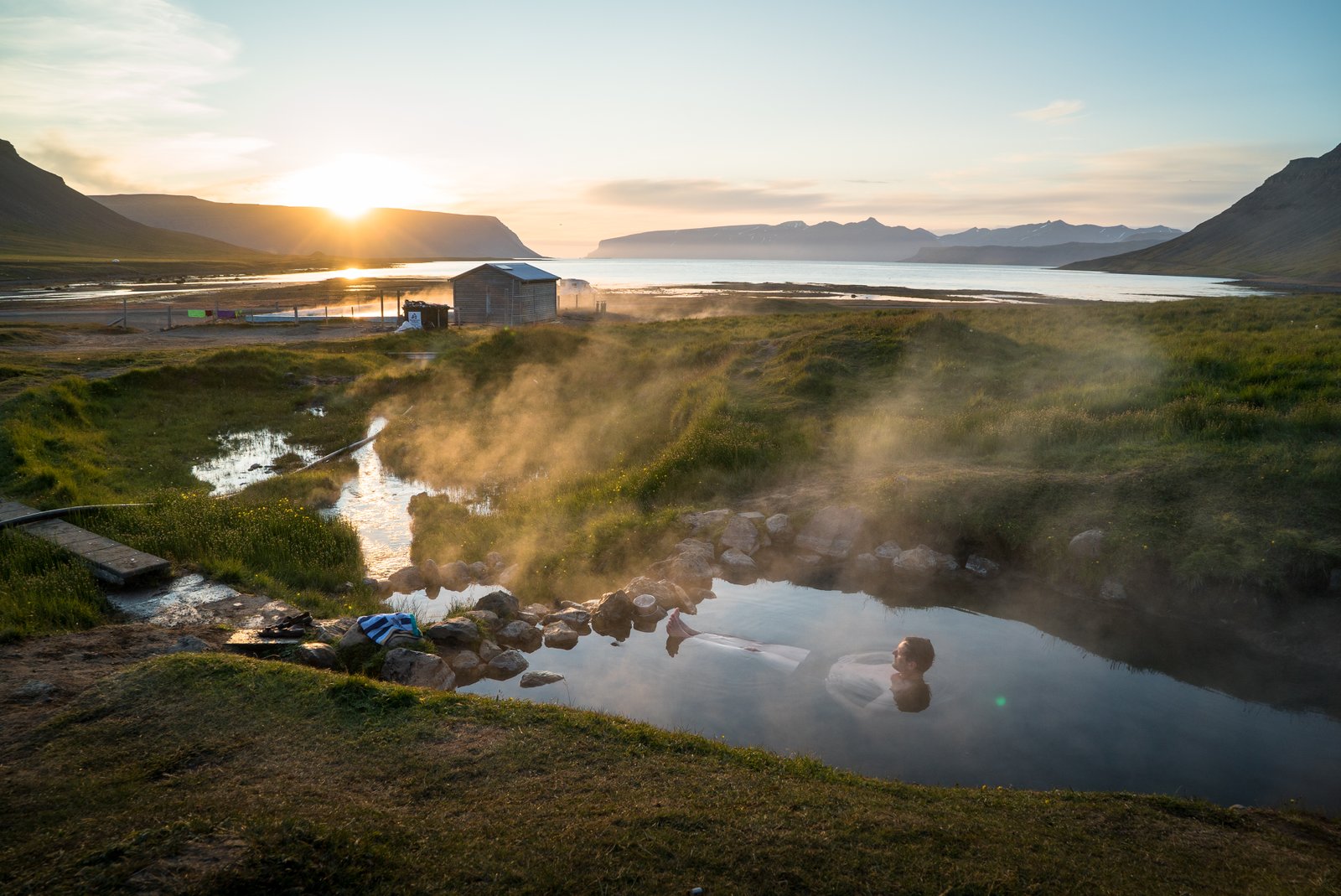
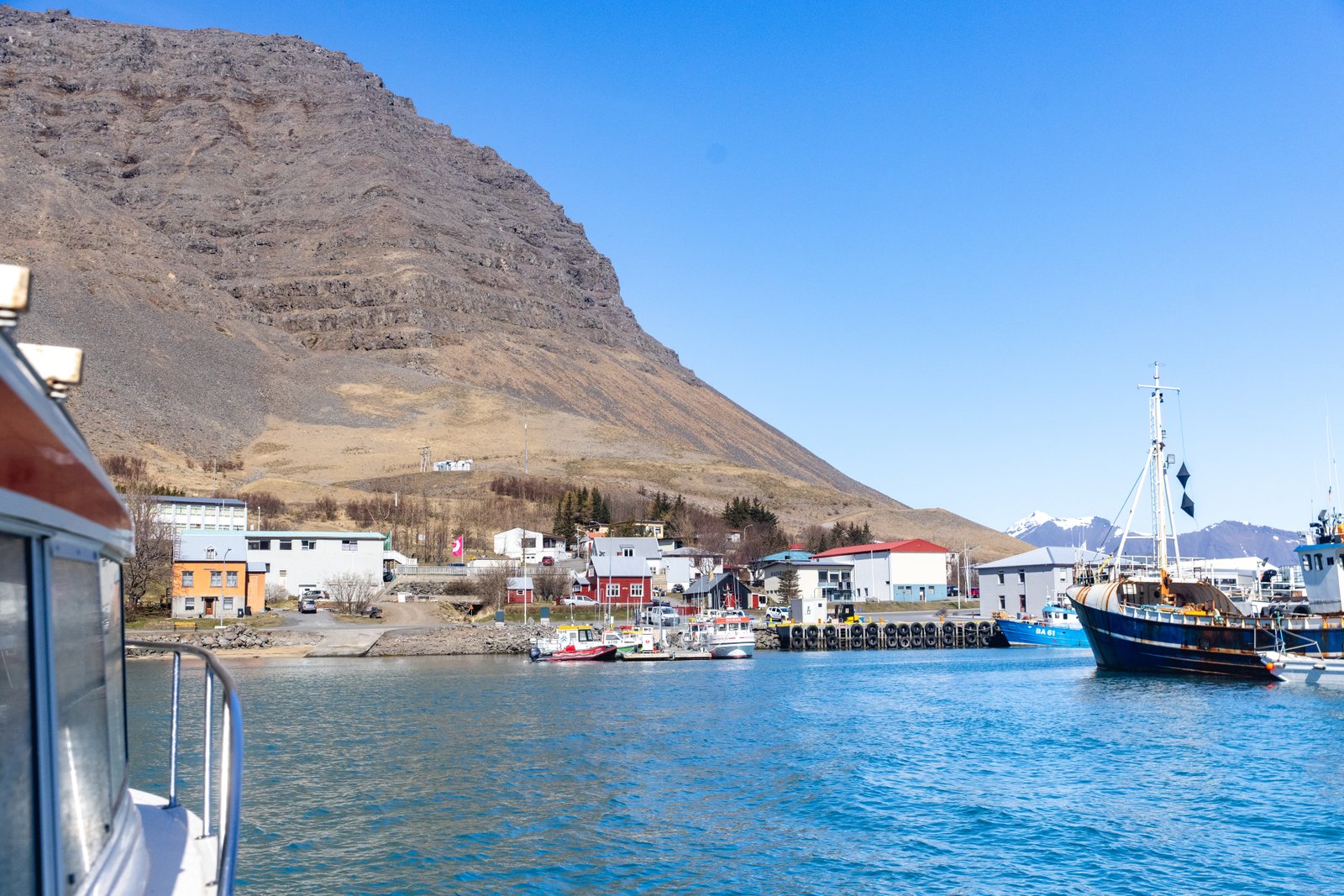 Bíldudalur is a hidden gem combining natural beauty, folklore, and a thriving cultural scene, making it a perfect stop on your Westfjords journey. Nestled by the scenic Arnarfjörður fjord, Bíldudalur is often referred to as the "good-weather capital of the Westfjords." This picturesque village, with a population of around 300, thrives on sea mineral processing and fish farming, while tourism has been steadily growing. Despite its small size, Bíldudalur has a rich cultural history, especially in music. Be sure to visit Melodies of the Past, an exhibition showcasing Icelandic music memorabilia. For art lovers, a 40-minute drive from Bíldudalur leads to Samúel Jónsson’s Art Museum in Selárdalur, a must-see for those exploring the area.
Bíldudalur is a hidden gem combining natural beauty, folklore, and a thriving cultural scene, making it a perfect stop on your Westfjords journey. Nestled by the scenic Arnarfjörður fjord, Bíldudalur is often referred to as the "good-weather capital of the Westfjords." This picturesque village, with a population of around 300, thrives on sea mineral processing and fish farming, while tourism has been steadily growing. Despite its small size, Bíldudalur has a rich cultural history, especially in music. Be sure to visit Melodies of the Past, an exhibition showcasing Icelandic music memorabilia. For art lovers, a 40-minute drive from Bíldudalur leads to Samúel Jónsson’s Art Museum in Selárdalur, a must-see for those exploring the area.
Arnarfjörður is also famous for tales of sea monsters, which have been a colorful part of Icelandic folklore for centuries. The Icelandic Sea Monster Museum in Bíldudalur brings these legends to life with a multimedia display that's fun for the whole family.
Just outside the village, in Fossfjörður, you'll find the farm and waterfall both named "Foss"—which literally means "waterfall." So, in Waterfall Fjord, you’ll encounter a farm named "Waterfall" and, unsurprisingly, a waterfall called "Waterfall!" Nearby, the quirky, abandoned A-house has become a popular stop for travelers and photographers, thanks to its unique design and setting.
